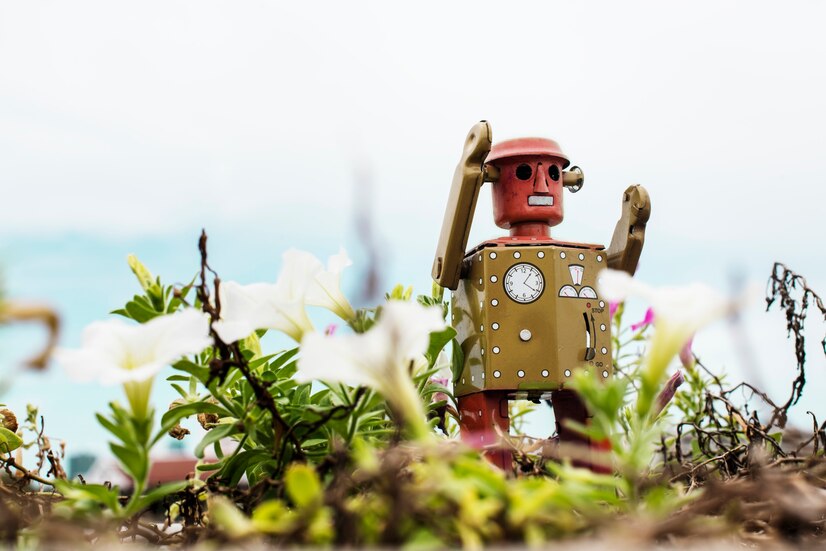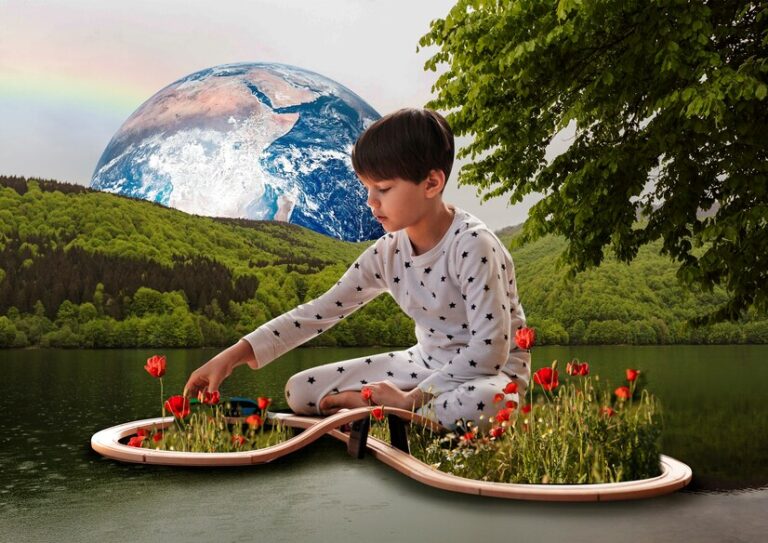Preservation. It’s a concept deeply rooted in our lives, often taken for granted yet blooming with endless possibilities. Whether it’s prolonging the lifespan of food, conserving cultural heritage, or safeguarding the environment for future generations, preservation matters now more than ever.
This blog dives deep into the multifaceted world of preservation—what it means, why it’s vital, and how you can incorporate it into your everyday life. Whether you’re an eco-conscious consumer, history enthusiast, or DIY project lover, this guide will inspire and empower you to adopt sustainable living practices with preservation at its heart.
What is Preservation?
Preservation is the act of protecting, maintaining, and prolonging something to retain its value over time. It spans across multiple areas, including environmental, historical, and cultural contexts.
- Environmental Preservation focuses on protecting natural ecosystems and preventing the overuse of finite resources.
- Historical Preservation ensures that landmarks, monuments, and historic sites are restored and maintained for future generations to appreciate.
- Cultural Preservation involves safeguarding traditions, art, and heritage to keep our collective identity alive and vibrant.
Within each of these categories lies an opportunity to preserve what we value most—our planet, our history, our way of life.
Why Preservation Matters
For a Sustainable Future
Preserving natural resources and minimizing waste is crucial for sustainable living. When we protect our planet from overconsumption, we create a healthier environment for ourselves and future generations.
Passing on Traditions
Cultural preservation helps keep our roots alive. Whether it’s music, dance, regional cuisine, or storytelling, these traditions express our collective creativity and identity.
Keeping History Alive
Historical preservation allows us to bridge the past with the present. Tangible reminders, like restored architectural wonders, don’t only connect us to history—they teach lessons worth remembering across eras.
Preservation serves as a reminder that our actions leave a lasting impact, both within our communities and far beyond.
Techniques and Tools for Preservation
Preservation isn’t just a philosophy; it’s also a set of practical techniques that can be used at home, in the community, or on a global level. Here are the most common preservation methods broken down by categories.
Food Preservation
Food preservation has been practiced across cultures for centuries. Below are a few effective methods you can try today:
- Canning: Sterilizing fresh foods in jars to keep them shelf-stable for months.
- Freezing: Maintaining food quality and nutritional value over time with a reliable freezer.
- Pickling: Immersing vegetables in saltwater or vinegar brines for tangy, crunchy delicacies.
- Drying: Removing moisture to preserve meats, fruits, and herbs.
Tools You’ll Need
- Mason jars for canning.
- Vacuum sealers for freezing efficiently.
- Pickling spices and brining vessels.
- Dehydrators or ovens with drying capabilities.
Tip for Beginners
Start small! Try canning a batch of homemade jam or pickling your favorite vegetables to ease into the process.

Cultural and Historical Preservation
- Digital Tools: Digitizing photo albums, art collections, and manuscripts to ensure longevity.
- Craft and Skill Training: Learning traditional crafting, cooking, or artisanal methods to keep these practices alive.
- Restoration Services: Partnering with organizations or experts to maintain historic buildings and monuments.
Environmental Benefits of Preservation
Preservation isn’t just about protection—it’s about giving back to the planet through mindful living. Here’s how it makes a difference.
Reduces Food Waste
Every year, approximately 1.3 billion tons of food go to waste globally. By freezing leftovers, canning seasonal produce, or drying herbs, we can extend the life of our food and reduce environmental strain.
Lowers Carbon Footprint
Sustainable food preservation reduces the energy required for production, transportation, and storage. Additionally, planting heirloom seeds and sourcing local food cuts down greenhouse gas emissions.
Supports Sustainable Living
From reusing jars to creating biodegradable containers for pickling, preservation techniques directly align with low-waste living.
Creative Preservation Projects from Around the Globe
Looking for inspiration? These unique preservation initiatives show the diversity of preservation as both an art and necessity.
- Community Seed Banks: Across the world, seed-saving projects conserve rare and ancient crop varieties, promoting biodiversity while protecting agricultural heritage.
- Historic Building Restoration: Projects such as the renovation of ancient European cathedrals or American colonial homes maintain architectural artistry and cultural heritage.
- DIY Eco-Friendly Packaging: Handmade wax wraps and reusable fabric sacks substitute single-use plastic wraps, blending creativity with sustainability.
These initiatives prove that even the smallest idea, like planting old seeds or fermenting cabbage, can have a lasting, impactful ripple effect.
How to Incorporate Preservation into Daily Life
Start Local
Visit farmers’ markets for locally sourced food. Seasonal produce lasts longer when preserved, plus it supports nearby growers.
Create Seasonal Preserves
- Freeze summer fruits for year-round smoothies.
- Can tomatoes to enjoy homemade pasta sauce on a cold winter’s night.
- Dry herbs like rosemary and thyme to sprinkle onto your holiday roasts.
Learn and Share Skills
Research preservation workshops in your area. Learning modern and ancient techniques connects like-minded individuals and strengthens communities.
Invest in Quality Tools
A dehydrator, collection of mason jars, or compost bin can significantly assist in preserving both food and resources efficiently.
Join Preservation Groups
Engage with online forums or local organizations dedicated to cultural or environmental preservation. Many groups welcome volunteers eager to contribute to meaningful initiatives.
Keep the Spirit of Preservation Alive
The responsibility of preservation lies in every action we take. By practicing sustainable living, upholding cultural and historical integrity, and embedding preservation into our lifestyles, we not only enrich our own lives—we make the world worth living in for generations to come.
No act of preservation is too small. Whether you’re canning a basket of fresh peaches, volunteering to restore a community landmark, or supporting eco-friendly businesses, your actions will make a difference.
Now it’s your turn! Share your preservation stories, try a DIY project, or introduce a friend to the joys of sustainable living. Together, we can create a world that values and protects everything that matters most.
